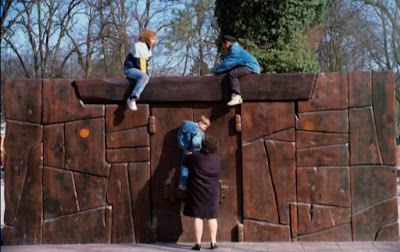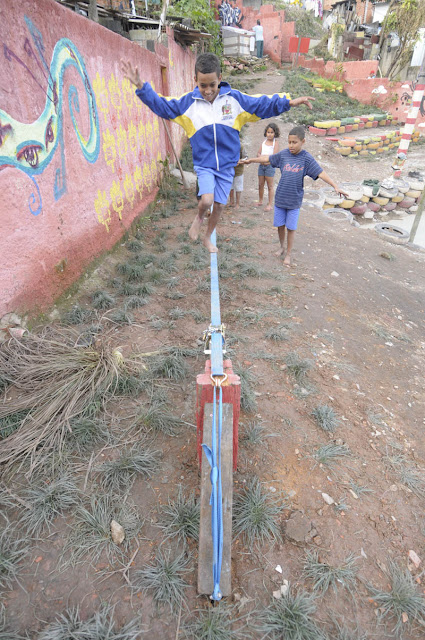Choosing kids school shoes can be a battleground. Often when shopping for the necessary items, children will push for the most expensive, trendier shoes that the Headteacher simply won't allow and parents will try to gently persuade them to favour the more reasonably priced, durable and sensibly styled option. This is because we know that if we buy them the trendy ones, we'll be buying them another pair in a month or so when they've gone out of fashion!
Making sure that children's school shoes are well fitted is very important. A lot of people don't realise it but the bones in the foot don't fully develop until the child reaches 18 years of age. Children's feet are made up mainly of cartilage until this point and so ill-fitting shoes can cause a lot of severe foot health problems in adulthood, if not sorted out early on with simple foot measurements carried out correctly and well made shoes.
There are a lot of shoes nowadays that simply don't support a child's foot and this is something to be mindful of when shopping for your little boy or girl's school shoes. The first of these would be the ballet style pumps which are in fashion at the moment and little girls wanting to be grown up like their mummies are frequently spotted wearing the shoes. But these shoes should be left to their mummies, as slip on shoes can be particularly dangerous when running around the playground and they also offer no support or shock absorption.
When buying boys school shoes, don't let him bend you round his little finger by saying that trainers are comfortable and if bought if black, or a colour accepted by the school, are permissible. Although they are laced up shoes, which are a lot better for children's feet as they offer support, they aren't suitable for everyday wear as they are especially designed for participating in sports.
Although it doesn't seem possible at times, it is completely achievable to purchase a pair of kids' school shoes that pleases both parent and child alike. Your child can have the cool, trendy shoes they want while you ensure that their foot health is looked after and they won't need another pair within the month because their existing ones have fallen apart! Advice to parents is the most important thing about children's school shoes should be that to make sure shoes are fitted properly and allow enough room for toes to move about freely and also to allow for growth. The outer area of the shoe should be firm and supportive yet not too tight.
Article Source: http://EzineArticles.com/4432610



















































